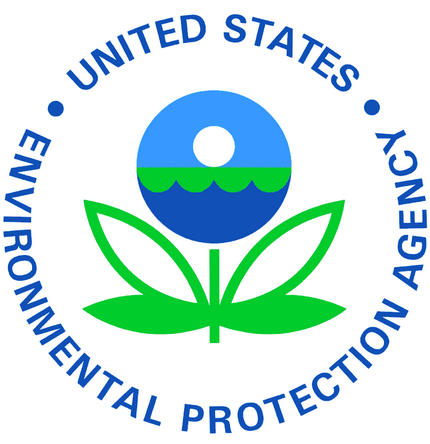 Last Friday NAAA submitted nine comments to the EPA for the
agency’s re-registration review of pesticide active ingredients. The EPA is
required by FIFRA to review the registrations for all crop protection products
every 15 years to ensure dietary, water, environmental, occupational and
endangered/threatened species safety. The active ingredients that NAAA
commented on were for the following products: Boscalid,
Fenpyroximate, Flonicamid, Mandipropamid, Metolachlor/S-Metolachlor, Myclobutanil,
Propanil, Terbacil, and Triclopyr. The documents that EPA had submitted for
comment were all risk assessments, conducted for each active ingredient to
assess the risk to the environment and human health of the products being
evaluated.
Last Friday NAAA submitted nine comments to the EPA for the
agency’s re-registration review of pesticide active ingredients. The EPA is
required by FIFRA to review the registrations for all crop protection products
every 15 years to ensure dietary, water, environmental, occupational and
endangered/threatened species safety. The active ingredients that NAAA
commented on were for the following products: Boscalid,
Fenpyroximate, Flonicamid, Mandipropamid, Metolachlor/S-Metolachlor, Myclobutanil,
Propanil, Terbacil, and Triclopyr. The documents that EPA had submitted for
comment were all risk assessments, conducted for each active ingredient to
assess the risk to the environment and human health of the products being
evaluated.
In all of the comments NAAA stated that the usage of the
Tier 1 model in AgDRIFT for conducting the risk assessments is not an accurate
representation of how modern aerial applications are conducted. The faulty assumptions used in the model
include a small droplet size, a non-dropped boom, a short swath offset, near-inversion
conditions, and spraying over a bare surface. All of these assumptions result
in a higher than realistic risk of drift assessment for aerial applications and
are not the conditions that exist when aerial applications are made. NAAA
provided more realistic assumptions and sources of data to back up those
assumptions. While the risk assessments for three of the products did examine
the impact of using a larger droplet size, they still had all of the other
faulty assumptions.
For Boscalid, the ecological risk assessment stated that
some of the labels with this active ingredient required a 100-foot buffer near
water. NAAA commented that all buffer zones should only be required on the
downwind side of the application and provided scientific evidence and currently
approved labels to back up this argument. The comments also pointed out that if
the EPA would use more realistic assumptions in AgDRIFT, the distance required
for the buffer zone would be less than 100 feet.
The human health risk assessments for Myclobutanil found
risks of concerns for flaggers and pilots when making applications of the dust
formation. The EPA did not have direct exposure data for either pilots or
flaggers for dust formulations, so they adjusted data for using a hand shaker
can to apply dust. For the risk to flaggers, NAAA pointed out that 99 percent
of aerial applicators use GPS for swath guidance, and that flagging is rarely
used. In terms of the risk to pilots, NAAA commented that even when exposure
estimates from a shaker can are adjusted, it is highly unlikely they accurately
reflect the exposure to a pilot from inside a cockpit.
For Propanil, a herbicide used on rice, the ecological risk
assessment found a risk of concern for chronic exposure to bees, both on the
field and off the field. The risk assessment clearly states that bees are not
attracted to rice, so NAAA questioned that there could be an on-field chronic
exposure risk if bees were not likely to be in rice. For the off-field chronic
exposure risk, a result of estimated drift, NAAA pointed out that the drift
estimates were based on the inaccurate assumptions used in AgDRIFT.
In 2019, NAAA commented on registration review documents for
72 pesticide active ingredients. NAAA will continue to monitor the pesticide
registration review process in 2020 and beyond for both risk assessments and
interim decisions and comment accordingly to the EPA. We will fight to make
sure aerial applicators have access to the pesticides their customers need in
order to control insects, diseases, weeds, and other pests.